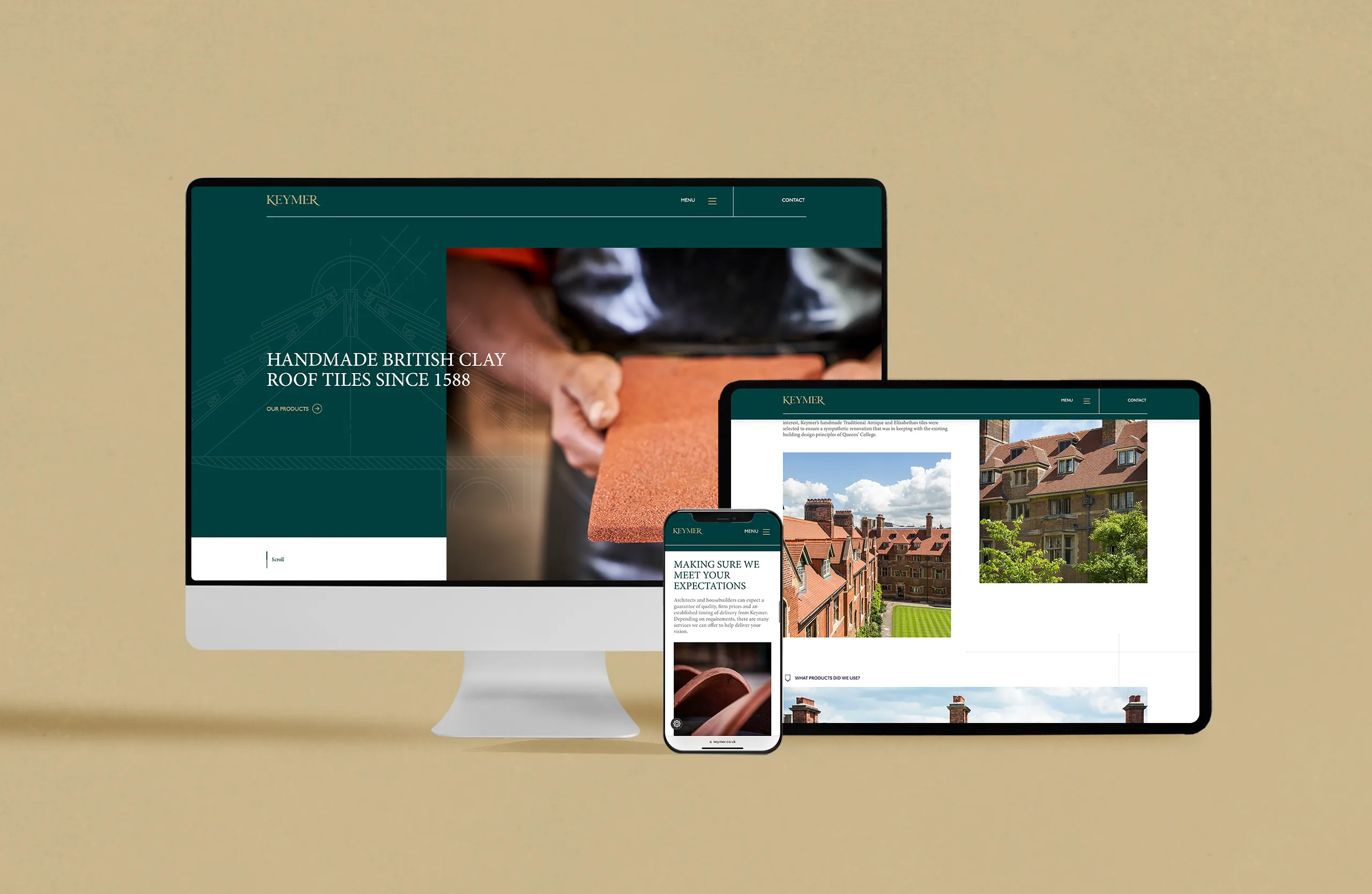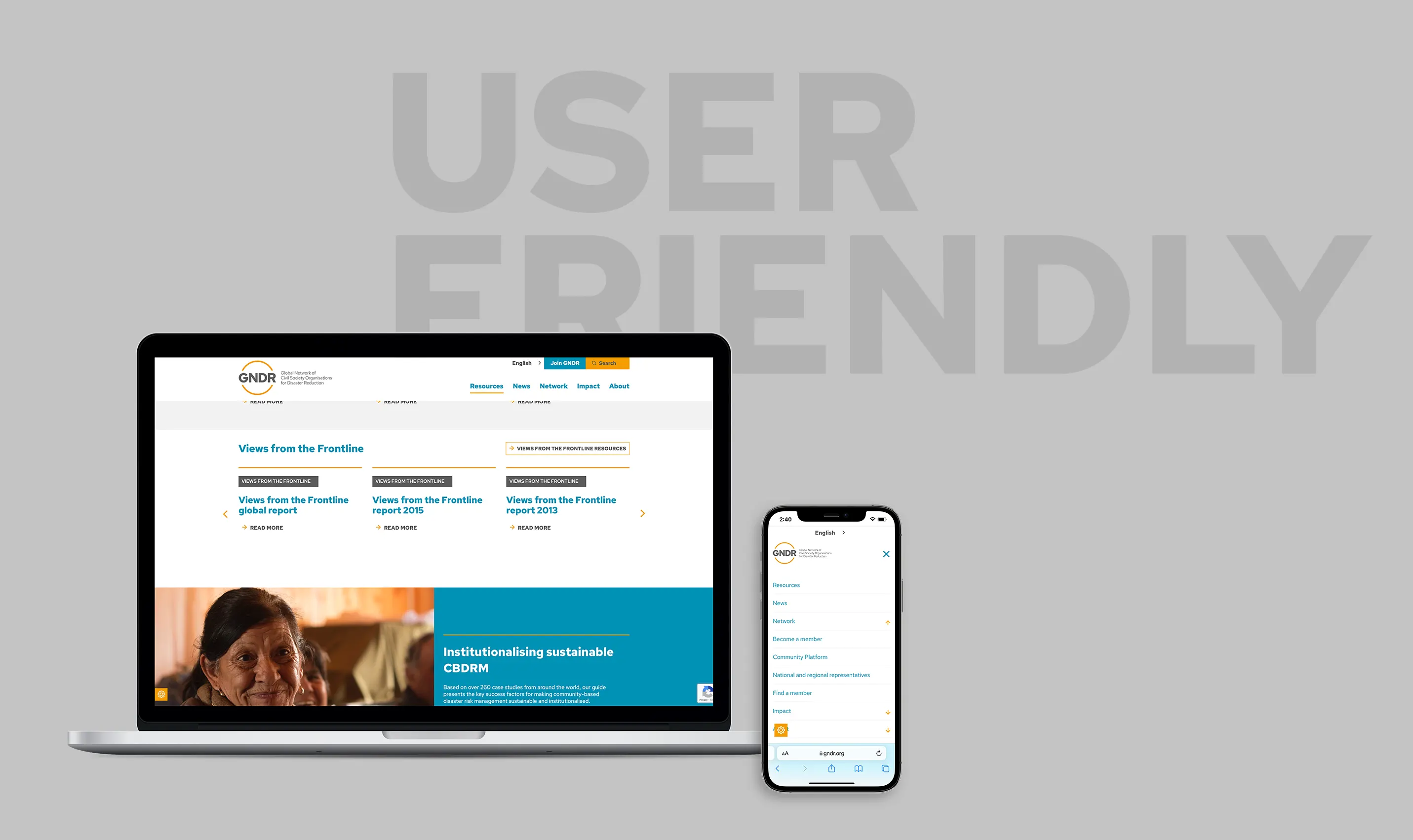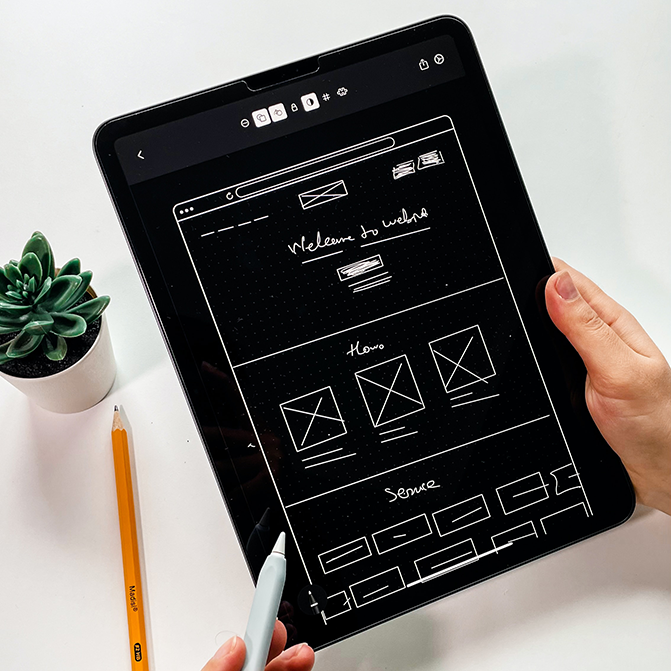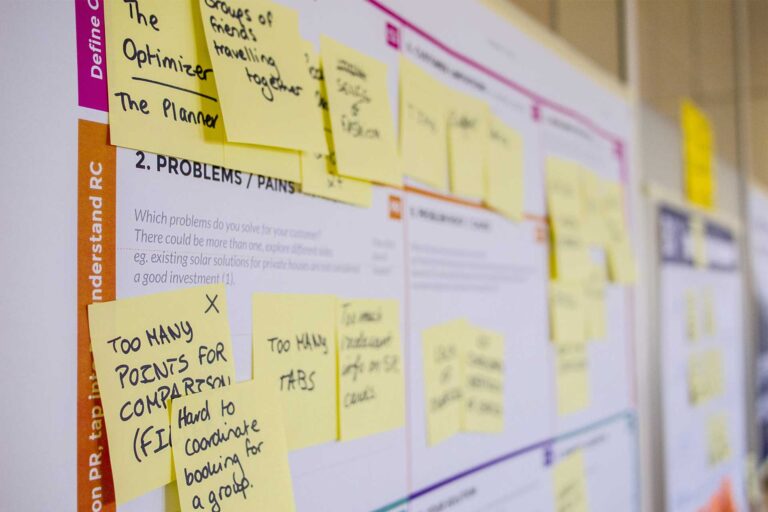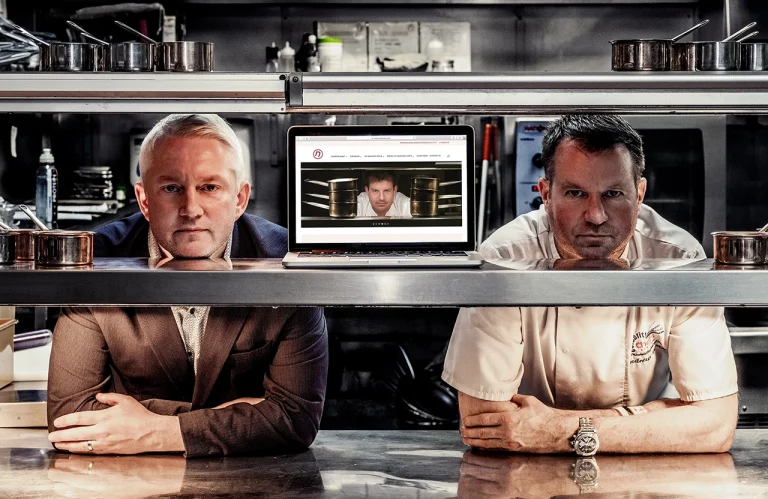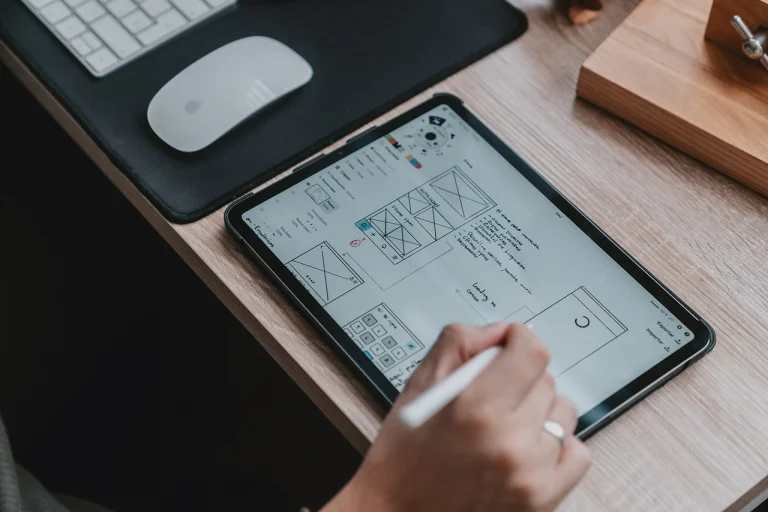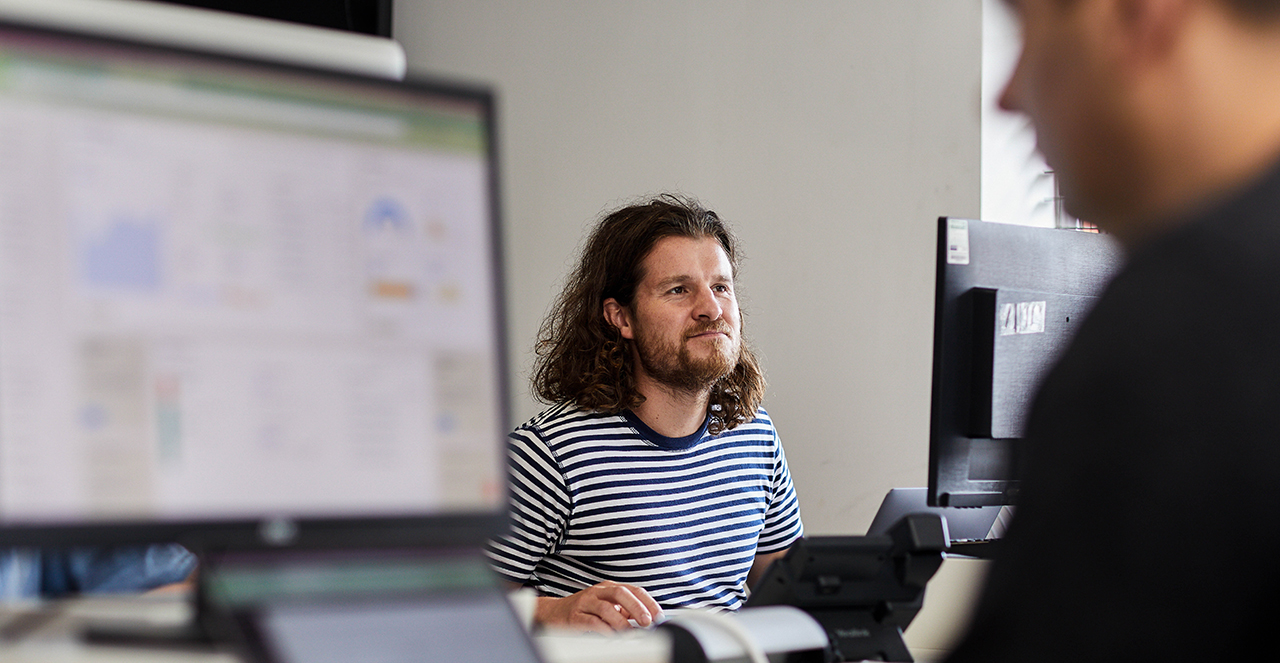Services that support UX design
Audience research and segmentation
As with anything in life, you get out what you put in. The more you know your customers, the better the experience you will design for them. Not every business has the budget to conduct one to one interviews with their target audience, but it’s vital that your UX journey starts with the best assumption you have about who you are speaking to, how they can be segmented or grouped based on similar needs, and who holds the biggest opportunity for your business. Speak to sales teams, analyse your site data and speak to your customers to validate your thinking as much as you can before you start to plan your website UX or define any content.
Content strategy and SEO
UX and content are intrinsically linked. After all, you can hardly create a memorable website experience without content! A well structured website that allows your visitor to find what they are looking for quickly and easily will be rewarded with higher search rankings over a website that is cluttered and difficult to navigate. So the UX and content teams must work closely together to deliver a best in class UX.
Prototyping
You have a good understanding of your audience, you have designed a simple and intuitive site architecture that meets their needs and you have identified the content gaps that need to be filled to create the best possible experience for your customers, now what? In many cases it is necessary to prototype your solutions before progressing to design and build. This can be done through a simple set of clickable wireframes. They allow the client or product owner to step through each user journey, identified at the start of the project. Additionally, they help visualise any potential gaps or issues not yet resolved. Alternatively, this can be a fully functioning aspect of your website, such as search or check out functionality, built to full specification, but with minimal design. This minimises any issues further down the line when developing more complex digital solutions.
User testing
As is the essence with UX design, users need to be able to accomplish tasks on your final website with ease. Testing the functionality, usability and overall user experience against project objectives and audience goals is a vital step before pushing your website live. This may be done internally (UAT) or externally using a 3rd party.
